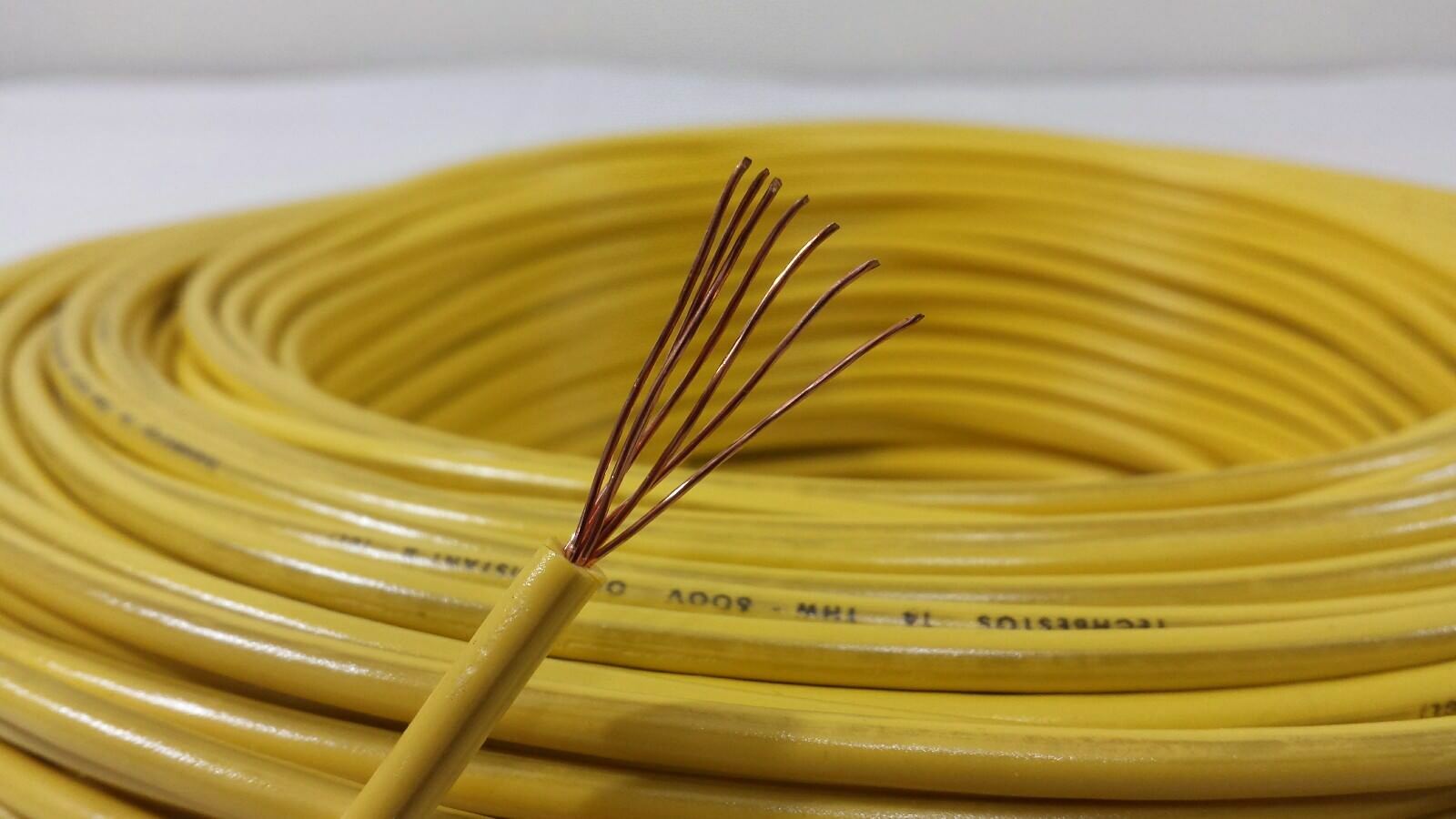In the realm of electrical engineering, choosing the correct cable size is a critical decision that can impact the safety, efficiency, and longevity of electrical systems. The selection process involves a careful consideration of various factors to ensure optimal performance and compliance with industry standards. Let's delve into the intricacies of selecting the appropriate electrical cable size to empower you with the knowledge needed to make informed decisions.
- Understanding Current Capacity:
The primary factor to consider when choosing an electrical cable size is its current-carrying capacity. This capacity is determined by the amount of current that the cable can safely conduct without overheating. Exceeding the current capacity of a cable can lead to overheating, insulation damage, and potential fire hazards. To determine the current capacity requirements, it is essential to consider the electrical load of the system and the ambient temperature conditions. - Voltage Drop Considerations:
Another crucial aspect to take into account is voltage drop. Voltage drop refers to the decrease in voltage that occurs as current flows through a cable. Excessive voltage drop can result in inefficient power transmission, reduced equipment performance, and increased energy costs. By calculating the voltage drop based on the cable size and length, you can ensure that the electrical system operates within the desired voltage range. - Cable Sizing Calculations:
To accurately select the appropriate cable size, engineers often rely on cable sizing calculations that consider factors such as current rating, voltage drop limits, installation method, and environmental conditions. These calculations involve complex formulas and standards outlined by organizations like the Institute of Electrical and Electronics Engineers (IEEE) and the National Electrical Code (NEC). By following these guidelines, you can determine the optimal cable size for your specific application. - Compliance with Regulations:
It is imperative to ensure that the chosen electrical cable size complies with relevant regulations and standards to guarantee the safety and reliability of the electrical installation. Different regions have specific codes and standards that dictate the minimum requirements for cable sizing, insulation ratings, and installation practices. Adhering to these regulations not only ensures compliance but also mitigates risks associated with electrical faults and failures. - Consultation with Professionals:
In complex electrical projects or unfamiliar scenarios, seeking guidance from experienced electrical engineers or consultants can provide valuable insights into selecting the right cable size. These professionals have the expertise to assess the unique requirements of a project, recommend suitable cable sizes, and optimize the overall electrical system design for efficiency and safety.
In conclusion, choosing the correct electrical cable size is a critical step in the design and installation of electrical systems. By considering factors such as current capacity, voltage drop, cable sizing calculations, regulatory compliance, and expert advice, you can make informed decisions that enhance the performance and safety of your electrical installations. Remember, the devil is in the details when it comes to selecting the right electrical cable size for your specific application.

